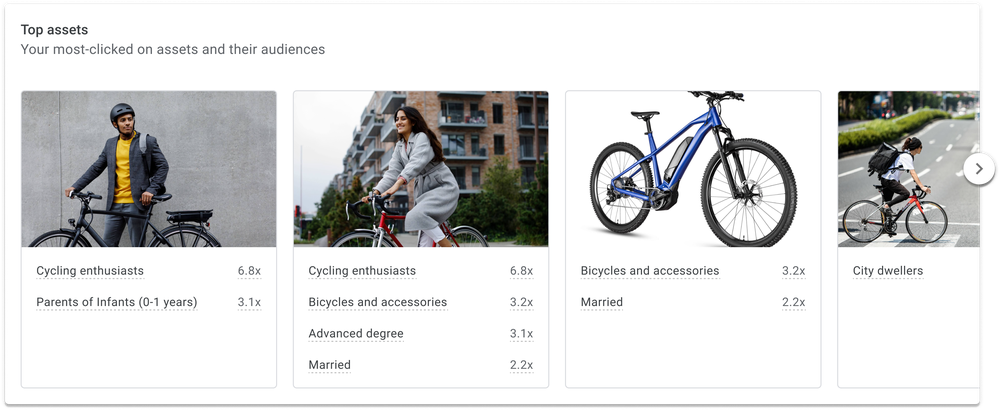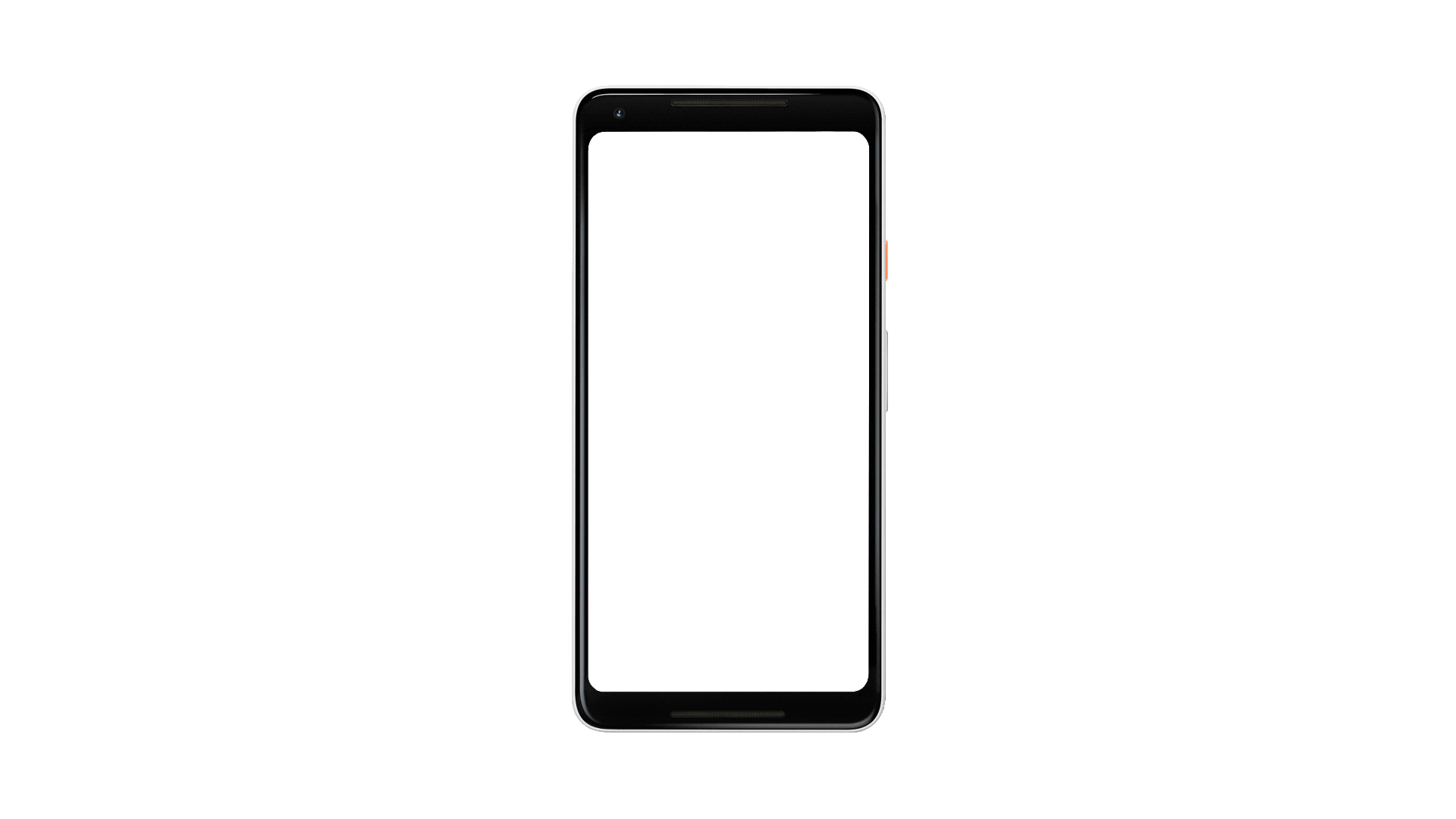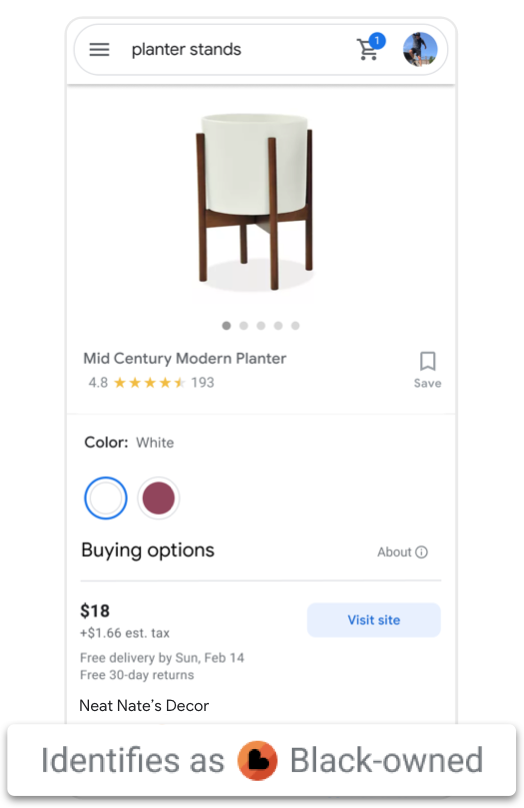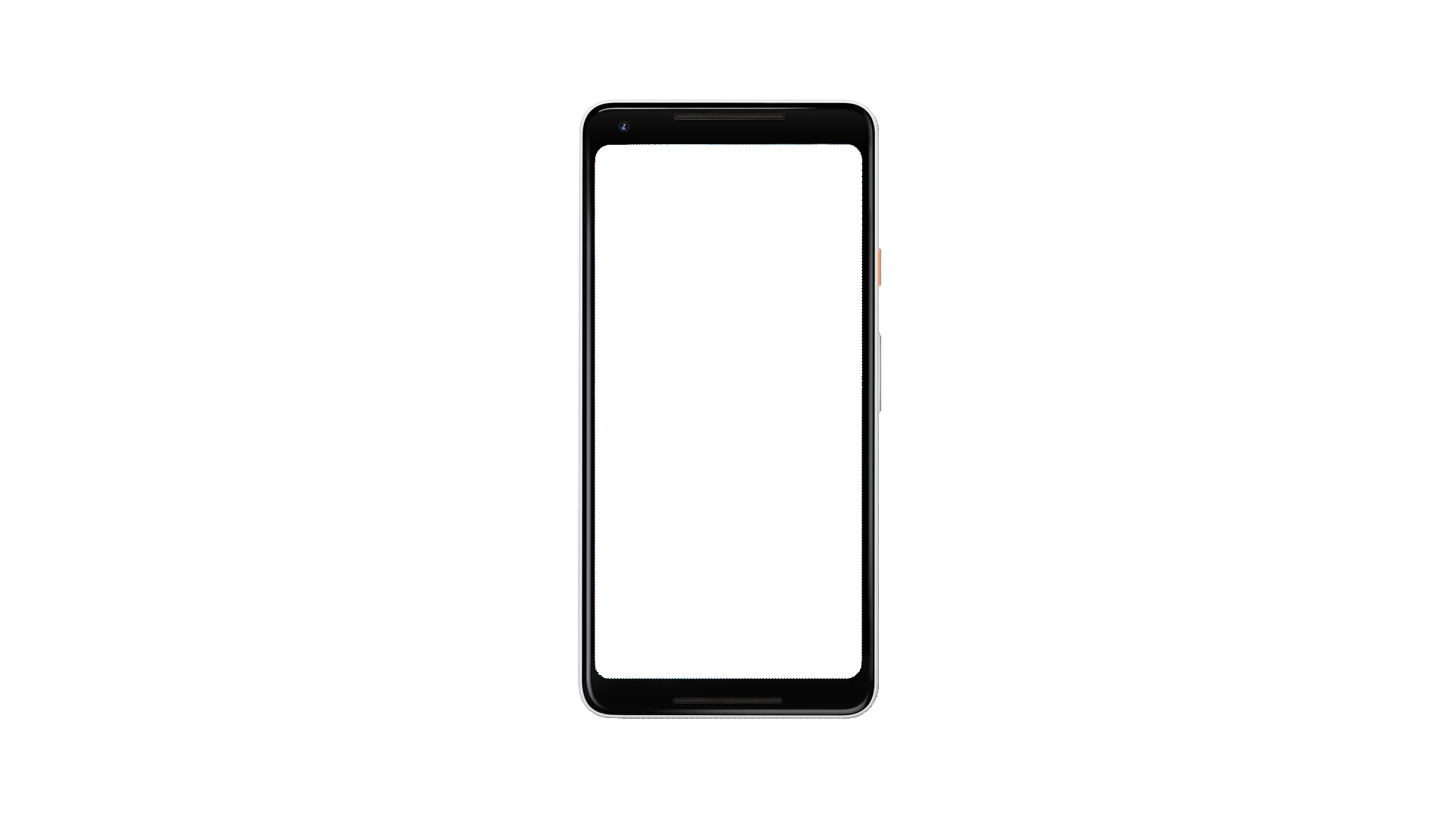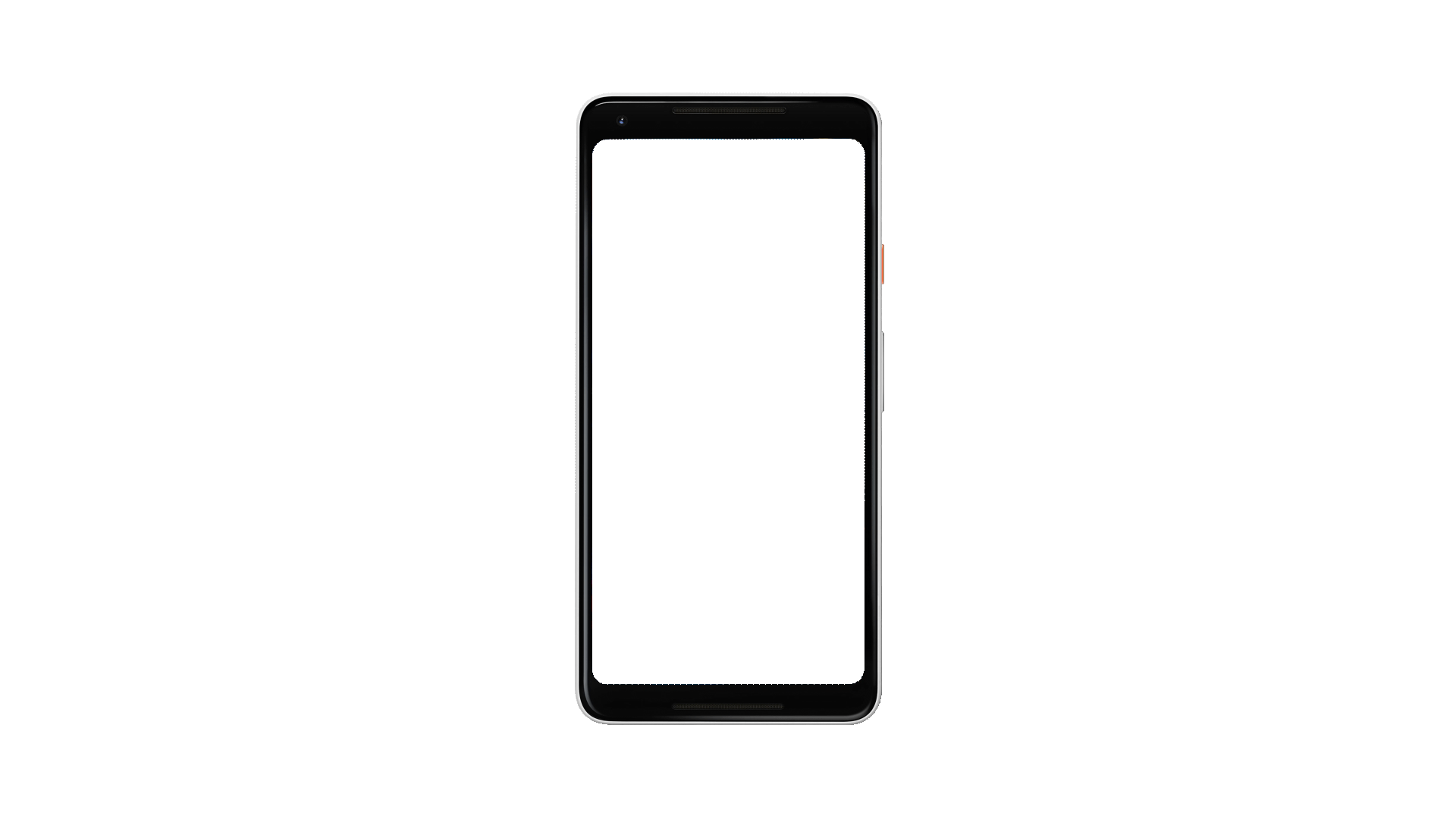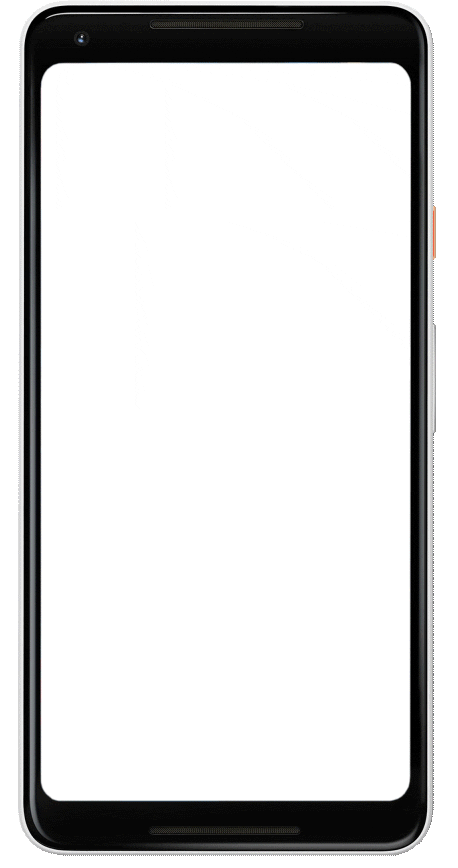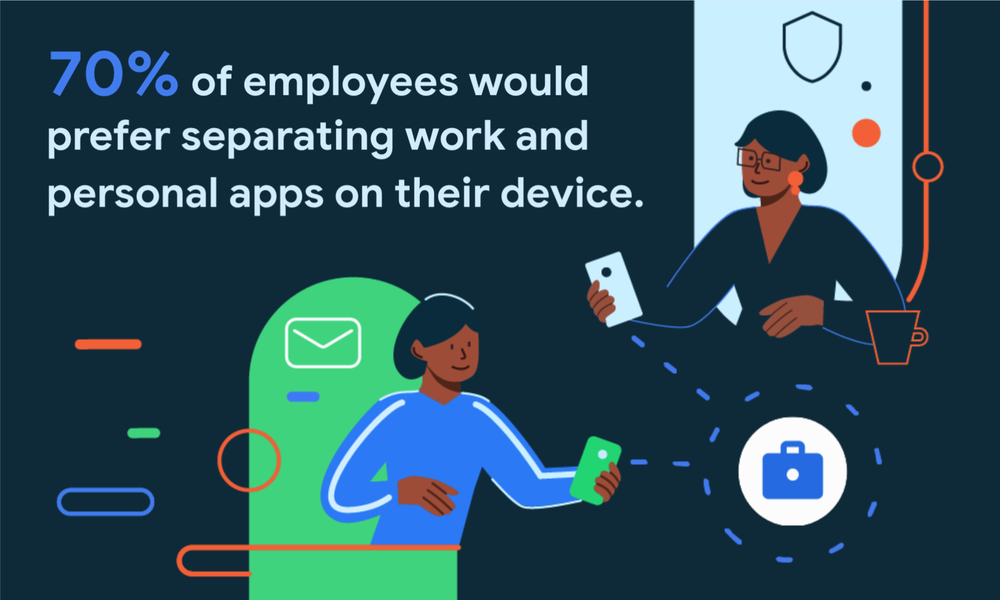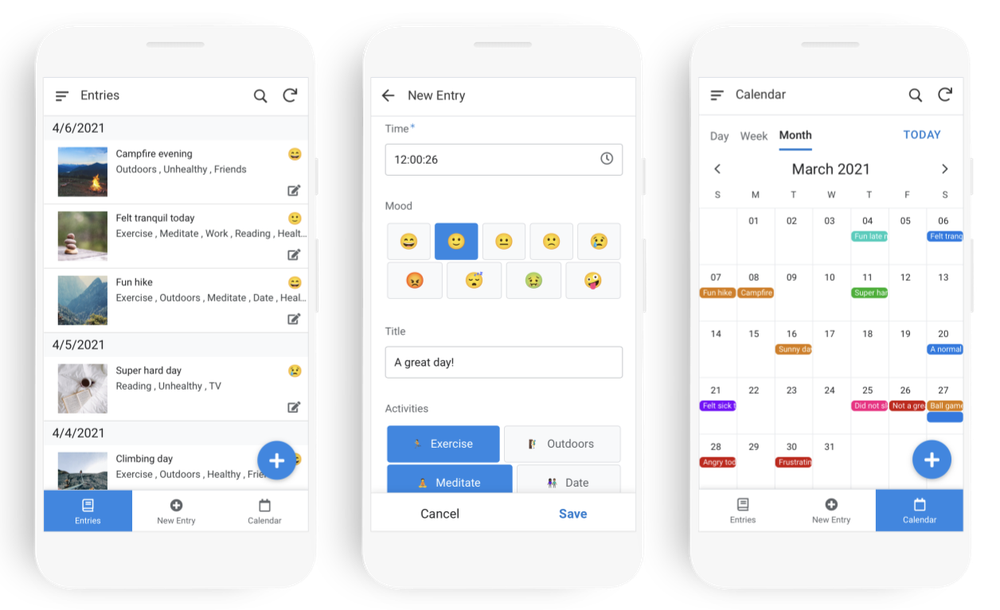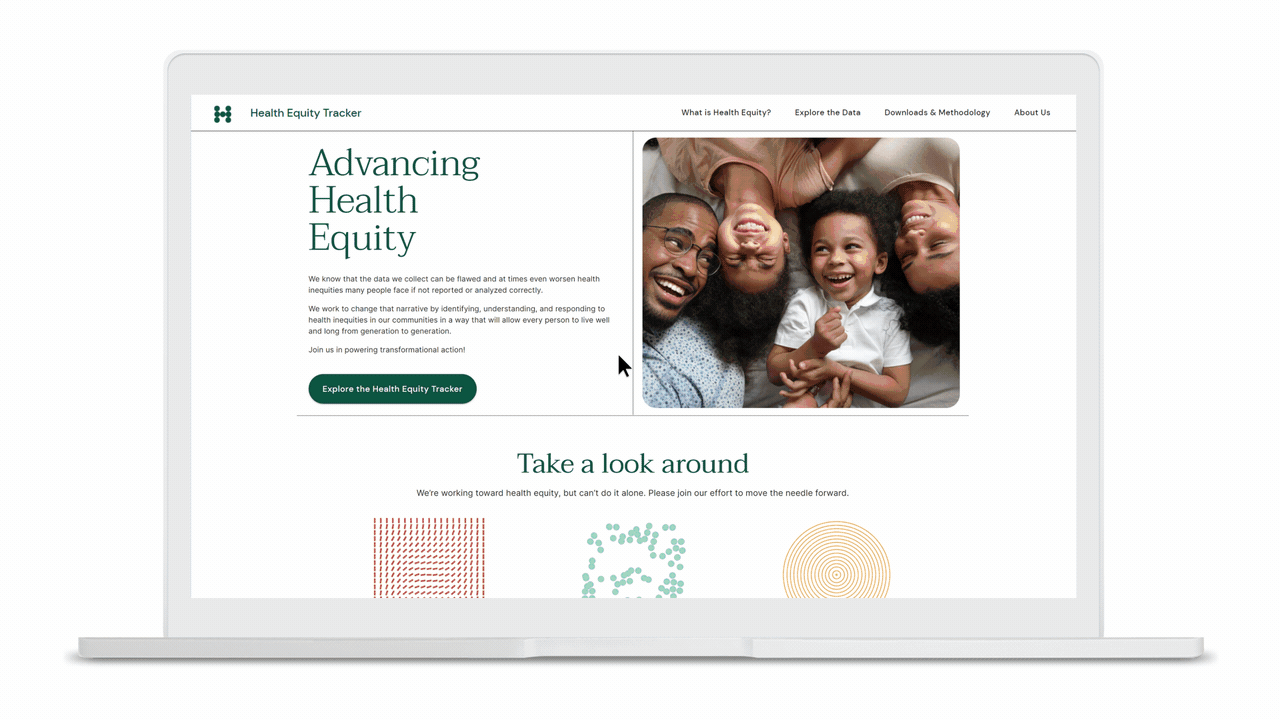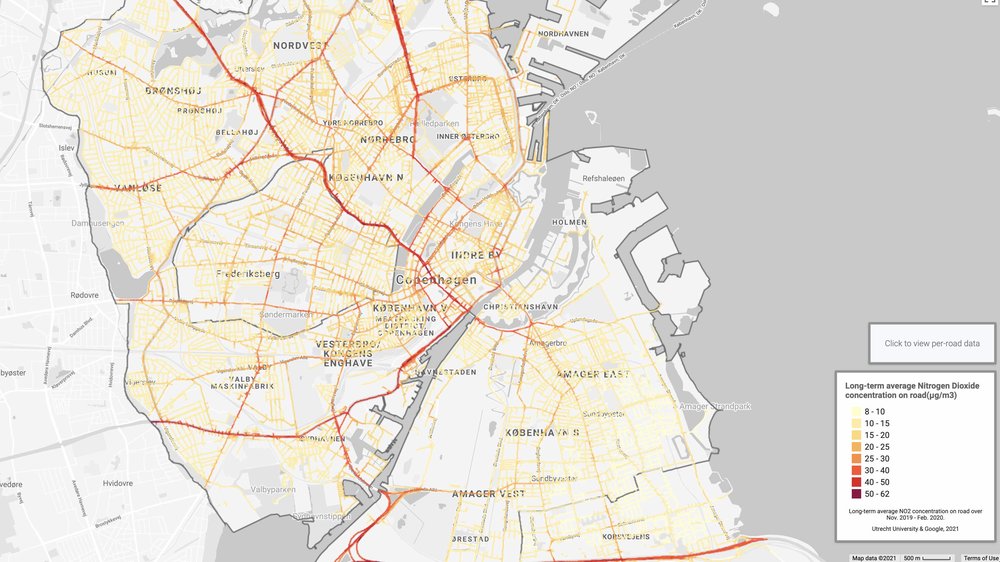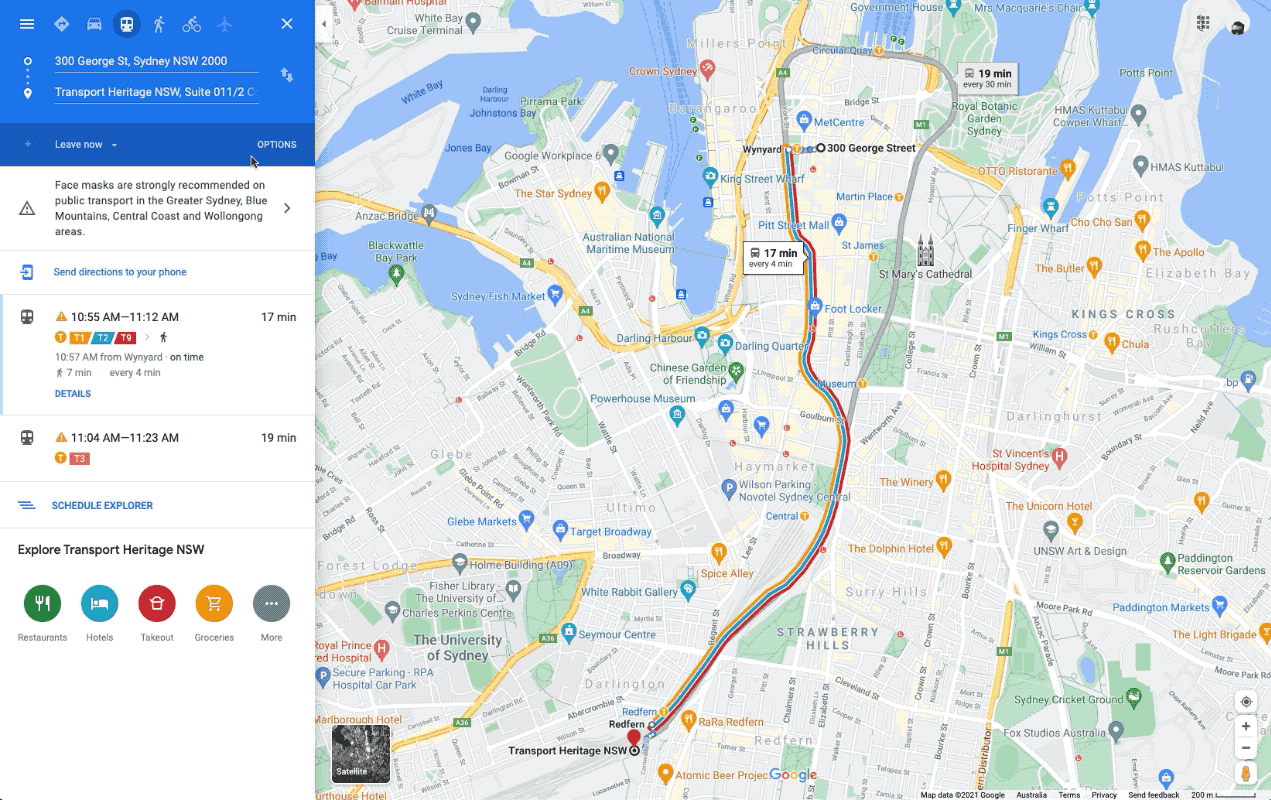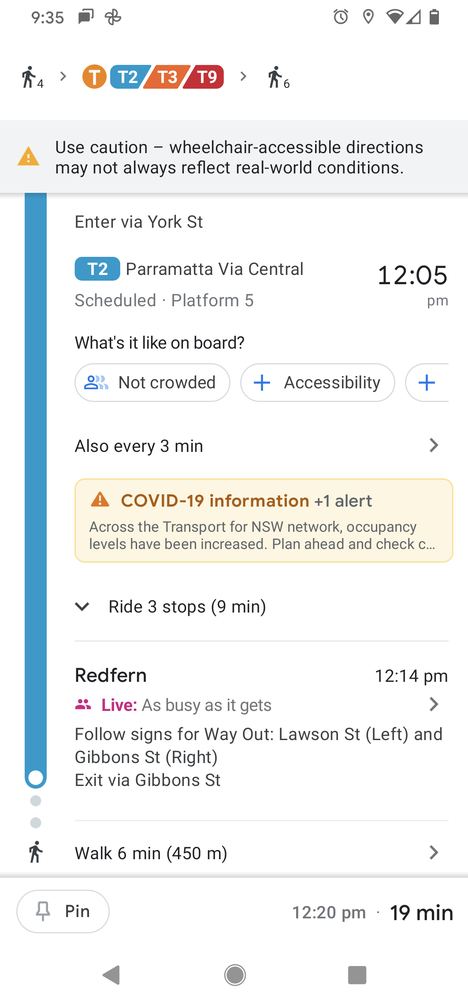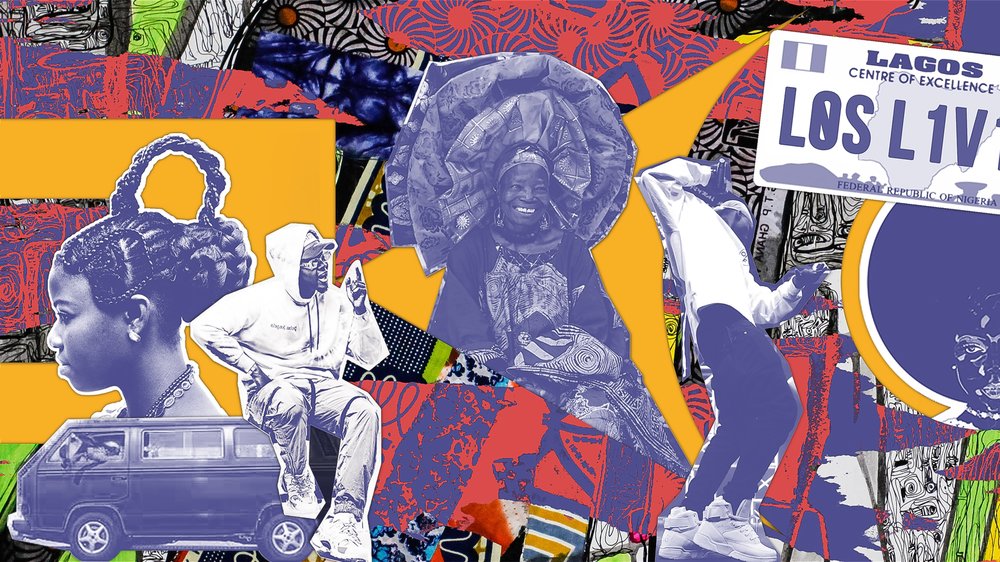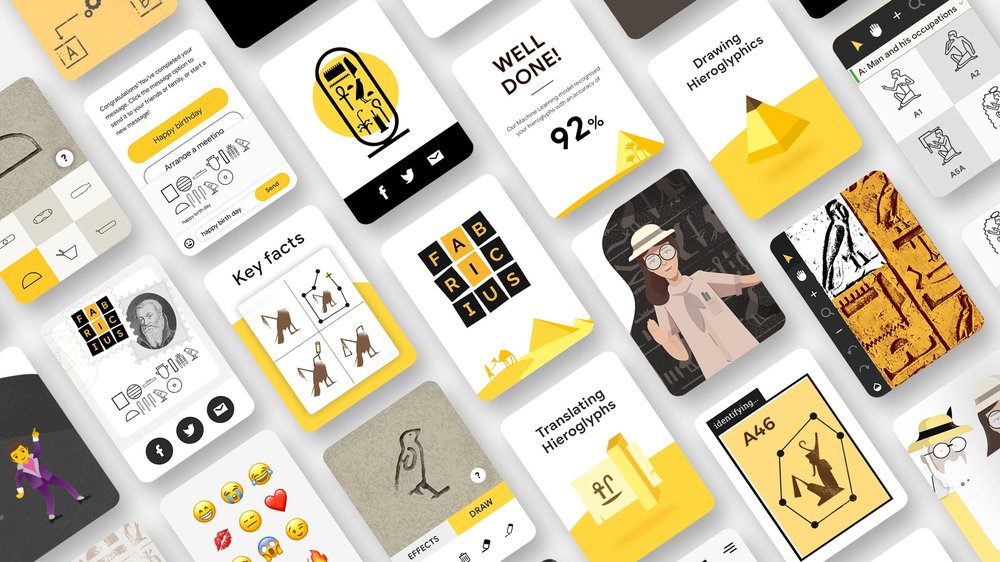More people than ever before are purchasing goods and services online, bringing new opportunities for businesses to reach a growing base of customers. At the same time, restrictions around cookies and identifiers are changing the ways businesses understand the customer journey. We’ve heard from businesses that they need new, easy-to-use solutions to keep pace with these industry changes, especially solutions that will continue to provide critical insights on campaign performance, while maintaining user privacy.
At Google Marketing Livestream, we shared our belief that it’s possible to improve privacy while still delivering business results and highlighted a few solutions that help. For example, Consent Mode lets advertisers customize how Google tags behave before and after users make their consent decisions. Consent Mode also informs conversion modeling to help bridge any measurement gaps that may occur due to cookie consent choices.
Our customers have shared with us that they would like simpler ways to ensure that all tags on their websites respect cookie consent choices. To make this process easier, we’re unveiling a new consent experience in Tag Manager. Starting today, users of Tag Manager and Tag Manager 360 will be able to directly integrate with Consent Mode and easily incorporate user consent into the behavior of all tags on their website.
Integrate your consent management solution
If your business operates in a region that requires you to collect user consent for certain operations, like the European Economic Area or the United Kingdom, you may need a consent management solution. And if you’re using Tag Manager to manage all the tags on your site, you’ll need to integrate Tag Manager with the consent management solution you’ve selected. But integrating these two can be complicated and require changes to website code.
We’re making it possible to remove that integration step altogether. Starting today, consent management solutions can build tag templates directly into the Community Template Gallery using a new set of sandboxed JavaScript APIs that will work with Consent Mode. We’re also introducing a new trigger type, Consent Initialization, which enables tags that require user consent choice to fire before all other tags.
Let’s say you’re a clothing retailer operating in the United Kingdom. You’ve decided to work with a consent management solution to display a consent banner to your customers and want to integrate it with your Tag Manager account. If your consent management solution has a tag template available in the Community Template Gallery, you can now add it to your container. With the Consent Initialization trigger, this tag will deploy your consent banner as soon as someone lands on your website. This enables you to collect a user’s consent choice before other tags in your container load.
Benefit from consent support on all your tags
Last year we announced that tags for Google advertising and analytics products will respect consent choices for ads cookies and analytics cookies when Consent Mode is in use. But to control how other third-party tags behave for these and other types of user consent, many businesses have turned to a custom tag setup in Tag Manager, which can be difficult to implement and manage.
Now in Tag Manager, you’ll be able to see and customize each tag’s consent settings. You can see which types of consent each tag requires. For example, a specific tag may already be adjusting its behavior based on user consent for ads cookies. And you can specify whether any additional types of consent are necessary for the tag to fire, like requiring consent for analytics cookies. We’re introducing new consent types into Tag Manager as well. These consent types correspond to options you might include in your consent management solution. If a user does not give consent to the specific consent types you’ve selected for the tag, the tag will not run.
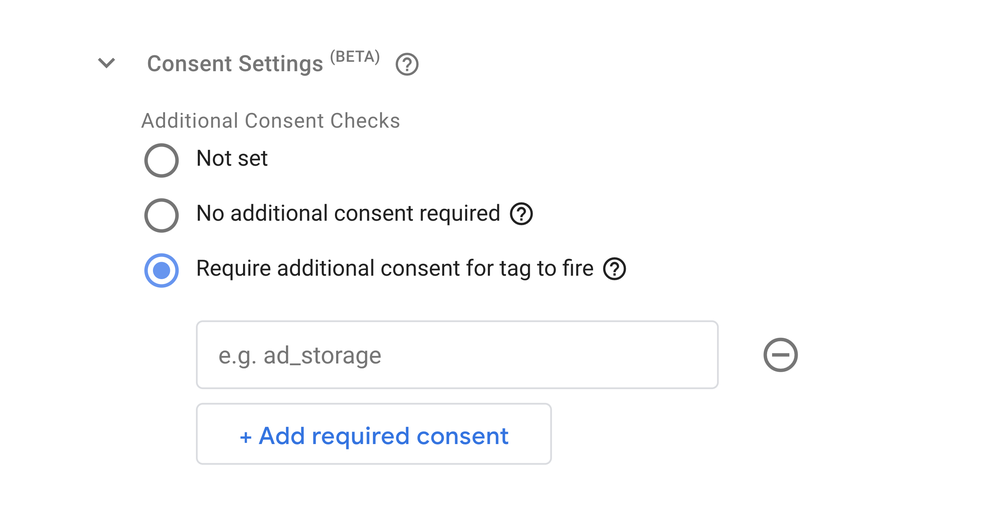
Add additional consent in order for your tag to fire
Many consent management platforms are already compatible with the ad storage and analytics storage settings. You can see a full list in our Help Center.
Gain a complete view of your tags’ consent settings
For a complete view of the consent settings across all the tags in your container, you can now enable a new Consent Overview from your container settings. Once enabled, this overview will be available from the Tags screen. From here you can also manage consent settings in bulk, like adding a personalization storage consent type to multiple tags at once.
Access the Consent Overview and manage consent settings in bulk
All of these capabilities are available in beta in all Tag Manager and Tag Manager 360 accounts today. These updates will help you preserve online measurement while respecting user consent choices. Stay tuned for more information on other privacy-safe measurement solutions that we announced today.
by Scott Herman via The Keyword


